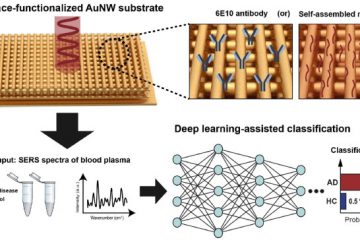Visual information plays an essential role in enhancing neural activity during mental practices. This study therefore hypothesized that applying immersive virtual reality headsets, with their ability to provide rich immersion and illusion by presenting egocentrically simulated virtual scenarios, and action observation to motor imagery practice will result in significant improvement. To explore the possible synergy between immersive systems and motor imagery, we analyze the electroencephalogram signals of our participants as they are presented the same virtual hand movement scenario with two different mediums: an immersive virtual reality headset and a monitor display. Our study provides evidence that the immersive virtual reality headsets induced improved rhythmic patterns with better discriminating spatial features from the brain compared to the monitor display. These findings suggest that the use of immersive
virtual reality headsets, with the illusion and embodiment they provide, can effectively improve motor imagery training.
Related publications
1.JW Choi, H Kwon, J Choi, N kaongoen, C Hwang, M Kim, BH Kim, S Jo, Neural Applications Using Immersive Virtual Reality: A Review on EEG Studies, IEEE Transactions on Neural Systems & Rehabilitation Engineering, 31: 1645-1658, 2023 [LINK] [PDF]
2. JW Choi, BH Kim, S Huh, S Jo, Observing Actions through Immersive Virtual Reality Enhances Motor Imagery Training, IEEE T Neural Systems & Rehabilitation Engineering, 28(7): 1614-1622 July 2020 [LINK][PDF]
3. J Choi, S Huh, S Jo, Improving performance in motor imagery BCI-based control applications via virtually embodied feedback, Computers in Biology and Medicine, 127, 2020 [LINK] [PDF]

